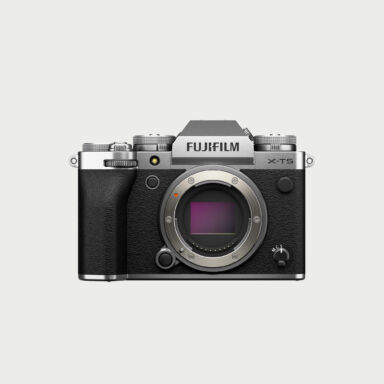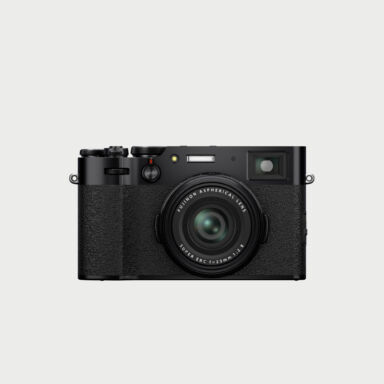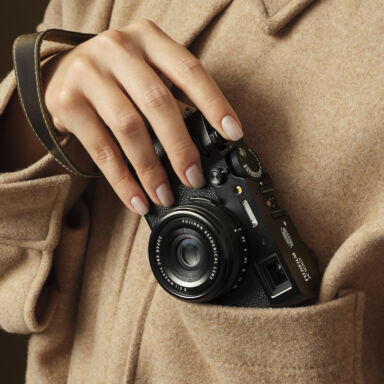
Tailored for street and documentary photographers, the FUJIFILM X100V is a compact powerhouse featuring a 26.1MP X-Trans CMOS 4 sensor and X-Processor 4. With a new 23mmF2 fixed lens, it delivers superb image quality, rapid autofocus, and up to 11fps shooting speed for capturing decisive moments. The camera combines tactile physical dials with a two-way tilting LCD touchscreen for intuitive handling, especially in high or low-angle situations. Boasting an Advanced Hybrid Viewfinder, 17 Film Simulation modes, and professional video recording capabilities up to DCI 4K, the X100V offers versatility in a pocket-friendly design, weighing just 478g, ensuring you're always ready for spontaneous photographic opportunities.
Fujifilm X
|SKU : 16643036| Focal Length | 23mm (35mm format equivalent = 35mm) |
|---|---|
| Aperture | F2 to F16 in 1/3EV steps (controlled with 9-blade aperture diaphragm) |
| Resolution | 26.1 megapixels |
| Sensor Size | 23.5x15.6mm (APS-C) |
| Image Size | 6240x4160 pixels |
| ISO Range | 160 to 12,800 (extended to 80 and 51,200) |
| Mereting System | TTL 256-zone metering system with multi, spot, average and centre-weighted options |
| Shutter Range | 30 secs to 1/32,000 sec (mechanical + electronic shutter), plus Bulb mode. |
| Exposure Compensation | +/-5EV in 1/3EV steps |
| Monitor | 3in two-way tilting LCD touchscreen with 1.62 million dots |
| Focusing | Single and continuous AF, manual |
| Video | DCI 4K at 30p, Full HD at 120p |
| Weight | 478g (with battery and card) |
- Li-ion battery NP-W126S
- USB cable (type A to C)
- Lens cap
- Hot shoe cover
- Metal strap clip
- Clip attaching tool
- Protective cover
- Shoulder strap
- Owner’s manual



























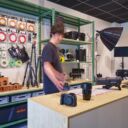
 Photo
Photo  Lighting
Lighting  Tripods & Grip
Tripods & Grip  Digital
Digital  Bags & Cases
Bags & Cases  Printing
Printing 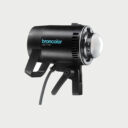 Continous lights
Continous lights 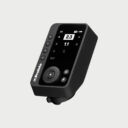 Transmitters
Transmitters  Accessories & Parts
Accessories & Parts  Accessories tripods & grips
Accessories tripods & grips  Cables & Tether
Cables & Tether  Hub & Adaptaters
Hub & Adaptaters  Portable power stations
Portable power stations  Sling bags
Sling bags  Travel bag
Travel bag  Rolling bags
Rolling bags  Hard cases
Hard cases  Organizers & Pouches
Organizers & Pouches  Containers
Containers 

